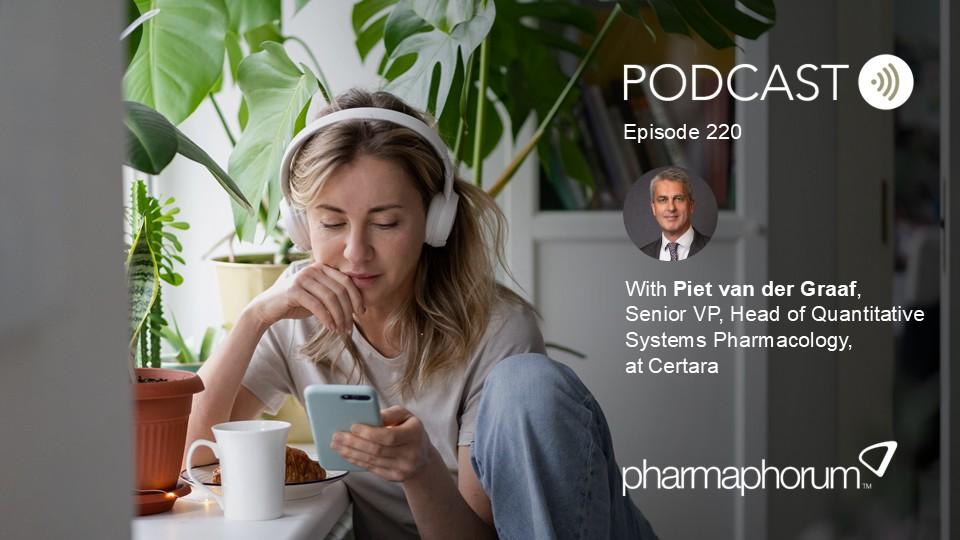Digital twins and virtual trials: A new era in rare disease drug development

The complexities of drug development for rare diseases, including small patient populations, phenotypic variability, and the high costs associated with large-scale clinical trials, have long hindered the progress of life-saving therapies. In fact, over 7,000 rare diseases affect an estimated 30 million people in the US alone, yet, most of these diseases still lack FDA-approved treatments.
With the rise of advanced simulation and model-informed drug development (MIDD) techniques like digital twins, researchers can now transform their strategies by using models to duplicate biological systems, allowing them to forecast results, detect potential dangers before starting patient involvement, and simulate patient populations.
Simulating real-world patient responses with digital twins
A digital twin in clinical research – a sophisticated virtual representation of a patient that mirrors health status and predicts treatment responses – enables scientists to explore treatment plans that would be challenging or unfeasible in traditional studies and reduces traditional control arms by simulating how a patient would respond to different treatment scenarios. This technology – created using advanced computational models based on diverse data sources, such as genetic information, treatment history, and demographic characteristics – not only yields data that better mirrors real-world scenarios, but it also speeds up the process of developing treatments.
In research around rare diseases like Pompe disease, a rare genetic disorder that causes muscle weakness and respiratory problems due to the buildup of glycogen in cells, using digital twins is a game-changer. A recent study leveraged quantitative systems pharmacology (QSP)-based digital twin models to compare the efficacy of a next-generation enzyme replacement therapy against the standard treatment. With small patient populations and highly variable disease progression, digital twins offered a way to simulate patient response and, as a result, the researchers were able to predict outcomes such as reduced glycogen build-up and improved muscle function. This approach significantly reduced the need for large patient populations and broadened the trial's scope.
Virtual trials: Leveraging digital twins to advance research
While a digital twin captures individual patient characteristics and outcomes, virtual trials allow researchers to determine how various drug dosages, administration schedules, and combination therapies would impact patient cohorts before conducting therapeutic trials with actual humans.
As noted in the findings from the research on Pompe disease, the ability to conduct remote monitoring in virtual trials by using digital twins offers a significant advantage, particularly in conditions where the patient population may only consist of a handful of individuals. This increases the power of the research, as it reduces bias and ensures that the treatment is tested across a range of patient subgroups, including those who might otherwise be excluded from clinical trials due to geographic or health-related barriers.
Virtual trials allow greater flexibility and scalability, enabling more frequent data collection and continuous monitoring. Together, digital twin technology and its application in virtual trials are transforming clinical development, producing high-quality data driven evidence that leads to faster, safer access to life-changing therapies.
The future of rare disease drug development
Modelling and simulation in drug development and discovery isn’t new. However, recent regulatory frameworks and guidance on implementing AI-generated data for regulatory safety, effectiveness, and quality are shining a greater light on how embracing digital twins and virtual trials will improve trial design, shorten development timelines, and reduce costs. In fact, Pfizer recently found that model-informed drug development (MIDD) saved on average 10 months of cycle time and $5 million per programme.
Integrating digital twins and virtual trials with AI in clinical research will usher in a new era of drug development for rare diseases. By simulating real-world patient responses and reducing the need for long-drawn-out trials, digital twins and virtual trials can work together to accelerate the pace of research, overcome recruitment challenges, and provide broader, more representative data.
The possibilities for these technologies are endless, from precision medicine at scale to accelerating responses during global health crises. As these technologies mature, their impact on rare disease drug development will only grow, providing hope for patients who have long been underserved. Through the combined power of digital twins and virtual trials, the future of clinical research looks brighter than ever, offering a more personalised path to treatments that can change lives.
About the author
 Piet van der Graaf is senior VP and head of quantitative systems pharmacology at Certara and Professor of Systems Pharmacology at Leiden University. From 2013-2016 he was the Director of Research of the Leiden Academic Centre for Drug Research. From 1999-2013 he held various leadership positions at Pfizer in discovery biology, pharmacokinetics, and drug metabolism and clinical pharmacology. He was the founding editor-in-chief of CPT: Pharmacometrics & Systems Pharmacology from 2012-2018 before becoming editor-in-chief of Clinical Pharmacology & Therapeutics. Van de Graaf received his doctorate training in clinical medicine with Nobel prize laureate Sir James Black at King’s College London. He has been awarded the 2024 Gary Neil Prize for Innovation in Drug Development from the American Society of Clinical Pharmacology and Therapeutics (ASCPT) and was the recipient of the 2021 Leadership Award from the International Society of Pharmacometrics (ISoP). He is an elected Fellow of the British Pharmacological Society and has published >200 articles in the area of quantitative pharmacology and drug development.
Piet van der Graaf is senior VP and head of quantitative systems pharmacology at Certara and Professor of Systems Pharmacology at Leiden University. From 2013-2016 he was the Director of Research of the Leiden Academic Centre for Drug Research. From 1999-2013 he held various leadership positions at Pfizer in discovery biology, pharmacokinetics, and drug metabolism and clinical pharmacology. He was the founding editor-in-chief of CPT: Pharmacometrics & Systems Pharmacology from 2012-2018 before becoming editor-in-chief of Clinical Pharmacology & Therapeutics. Van de Graaf received his doctorate training in clinical medicine with Nobel prize laureate Sir James Black at King’s College London. He has been awarded the 2024 Gary Neil Prize for Innovation in Drug Development from the American Society of Clinical Pharmacology and Therapeutics (ASCPT) and was the recipient of the 2021 Leadership Award from the International Society of Pharmacometrics (ISoP). He is an elected Fellow of the British Pharmacological Society and has published >200 articles in the area of quantitative pharmacology and drug development.












